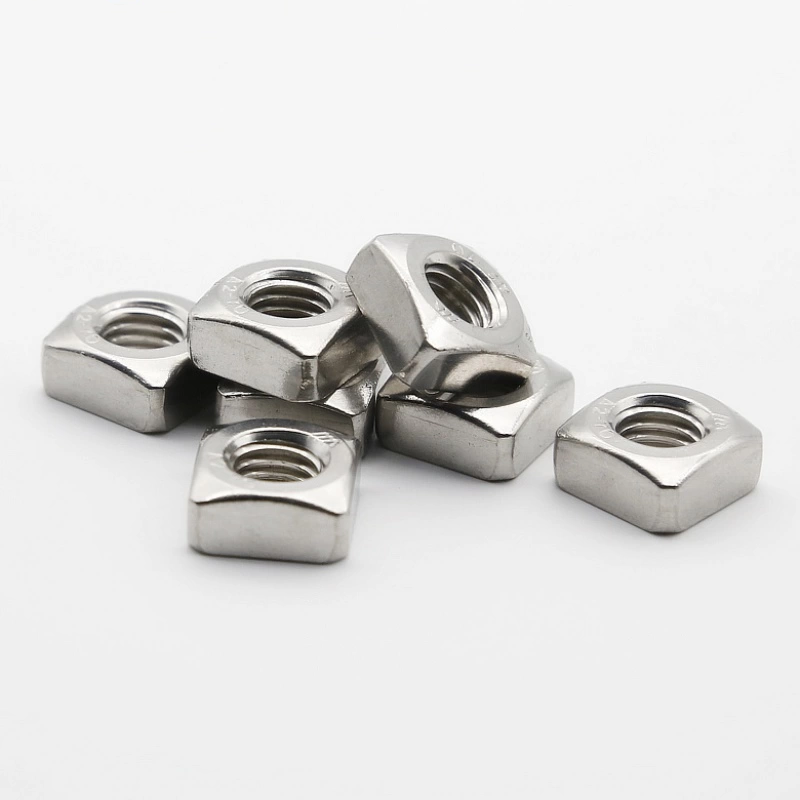

Exploring the Benefits and Applications of Concrete Weld Studs in Construction Projects
আগস্ট . 12, 2024 18:12 Back to list
Exploring the Benefits and Applications of Concrete Weld Studs in Construction Projects
Understanding Concrete Weld Studs Their Importance and Applications
Concrete weld studs, commonly known as shear studs, play a vital role in modern construction and engineering practices. These elements are essential for achieving structural integrity when dealing with composite materials, particularly in the combination of concrete and steel. This article aims to explore the nature, functionality, and significance of concrete weld studs in contemporary construction.
What Are Concrete Weld Studs?
Concrete weld studs are small, cylindrical metal pieces that are typically made from carbon steel. They are designed to be welded onto steel surfaces, such as beams or columns, and are subsequently embedded within poured concrete. These studs allow the concrete to “bond” with the steel, enabling a composite action that enhances the overall strength and stiffness of the structure.
The Functionality of Concrete Weld Studs
The primary function of concrete weld studs is to provide shear resistance. When a load is applied to a composite structure, shear forces develop at the interface between the steel and concrete. If these forces are not adequately managed, they can lead to slippage, compromising the structure's integrity. By welding the studs to the steel, they create an interlocking mechanism that effectively transfers shear forces from the concrete to the steel, resulting in a more resilient structure.
Moreover, concrete weld studs help in distributing the load more evenly across the steel framework, enhancing the structure's load-bearing capacity. This is particularly important in high-rise buildings and bridges where large amounts of weight are concentrated at specific points.
Applications of Concrete Weld Studs
Concrete weld studs are commonly used in various construction applications, including
1. Composite Beams In composite beam construction, concrete is poured over steel beams, and weld studs are used to create a bond between the two materials. This results in a lightweight and robust structure that can efficiently support heavy loads.
concrete weld studs

2. Bridges The use of concrete weld studs in bridge construction allows for the effective transfer of loads between the concrete deck and the steel girders. This is crucial for the longevity and stability of bridges.
3. Parking Structures Weld studs are frequently employed in parking garages where steel framing is combined with concrete flooring. The weld studs provide the necessary shear resistance to handle the dynamic loads from vehicles.
4. Industrial Floors In industrial settings, concrete weld studs are utilized in flooring systems to withstand heavy machinery loads while maintaining safety and stability.
The Benefits of Using Concrete Weld Studs
The benefits of incorporating concrete weld studs in construction are numerous. Firstly, they significantly improve the structural integrity of buildings and infrastructure. The composite action they provide allows for the efficient use of materials, often resulting in lower costs compared to traditional construction methods.
Secondly, using weld studs can lead to increased construction speed. The ease of installation, combined with the reduced need for additional reinforcement, allows construction projects to proceed more rapidly.
Finally, with the ever-increasing demands for sustainable building practices, concrete weld studs contribute to greener construction. They enable the use of lighter materials and reduce resource consumption, aligning with modern sustainability goals.
Conclusion
In conclusion, concrete weld studs are an indispensable component of modern engineering and construction. Their fundamental role in providing shear resistance and facilitating composite action between concrete and steel makes them crucial for the safety and durability of various structures. As the construction industry continues to evolve, the importance of these small but mighty components is likely to grow, paving the way for more innovative and resilient building practices.
Latest news
-
Hot Dip Galvanized Bolts-About LongZe|High Strength, Corrosion Resistance
NewsJul.30,2025
-
High-Strength Hot Dip Galvanized Bolts - Hebei Longze | Corrosion Resistance, Customization
NewsJul.30,2025
-
Hot Dip Galvanized Bolts-Hebei Longze|Corrosion Resistance&High Strength
NewsJul.30,2025
-
High-Strength Hot-Dip Galvanized Bolts-Hebei Longze|Corrosion Resistance&High Strength
NewsJul.30,2025
-
Hot Dip Galvanized Bolts-Hebei Longze|Corrosion Resistance&High Strength
NewsJul.30,2025
-
Hot Dip Galvanized Bolts - Hebei Longze | Corrosion Resistance, High Strength
NewsJul.30,2025

